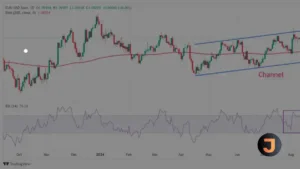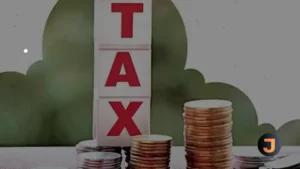Exploring Economic Futures Under Biden or Trump
As the 2024 presidential election approaches, the American electorate is weighing the economic implications of either a continued Biden presidency or a return to a Trump administration. With inflation and housing costs at the forefront of voter concerns, Business Insider has delved into the candidates’ plans across eight major economic categories.
Both President Joe Biden and former President Donald Trump have expressed commitment to bolstering domestic manufacturing, particularly in the auto and steel industries. Biden’s vision includes promoting electric vehicles (EVs) and enhancing U.S. manufacturing to compete with China, while Trump has signaled intentions to raise tariffs on foreign-made cars to protect domestic producers.
In the realm of higher education, stark contrasts emerge. Biden’s administration has taken steps to reform student loan repayment programs and has canceled significant student debt. Trump’s previous tenure saw efforts to limit borrower defense to repayment, and his stance on future student loan relief remains uncertain.
Healthcare, a critical issue for voters, sees Biden advocating for the expansion of the Affordable Care Act and Trump hinting at a repeal without a clear alternative. Biden’s recent expansion of veteran healthcare contrasts with Trump’s focus on community medical facilities for veterans.
Housing affordability is a pressing issue for both candidates. Biden has highlighted his administration’s construction of new housing units and plans for more affordable homes. Trump has suggested that lowering energy costs is key to reducing housing expenses, although his record on affordable housing has been mixed.
Labor policies under Biden have favored union support and job creation through infrastructure projects. Trump aims to appeal to union households in key battleground states, emphasizing his economic track record prior to the pandemic.
On taxes, Biden seeks to increase corporate tax rates and ensure the wealthy pay their fair share, while extending some of Trump’s tax cuts for lower-income households. Trump’s stance on future tax policies remains less detailed, but he has proposed significant tariffs that could impact tax revenues.
Trade policies under both administrations have demonstrated a protectionist trend. Biden has maintained some of Trump’s tariffs on China and seeks to strengthen trade alliances. Trump’s presidency was marked by aggressive tariff implementation and trade disputes, with promises of more tariffs if reelected.
As voters consider their choices, these economic plans present contrasting visions for the nation’s future. The outcome of the election will undoubtedly shape the trajectory of the U.S. economy in the years to come.






